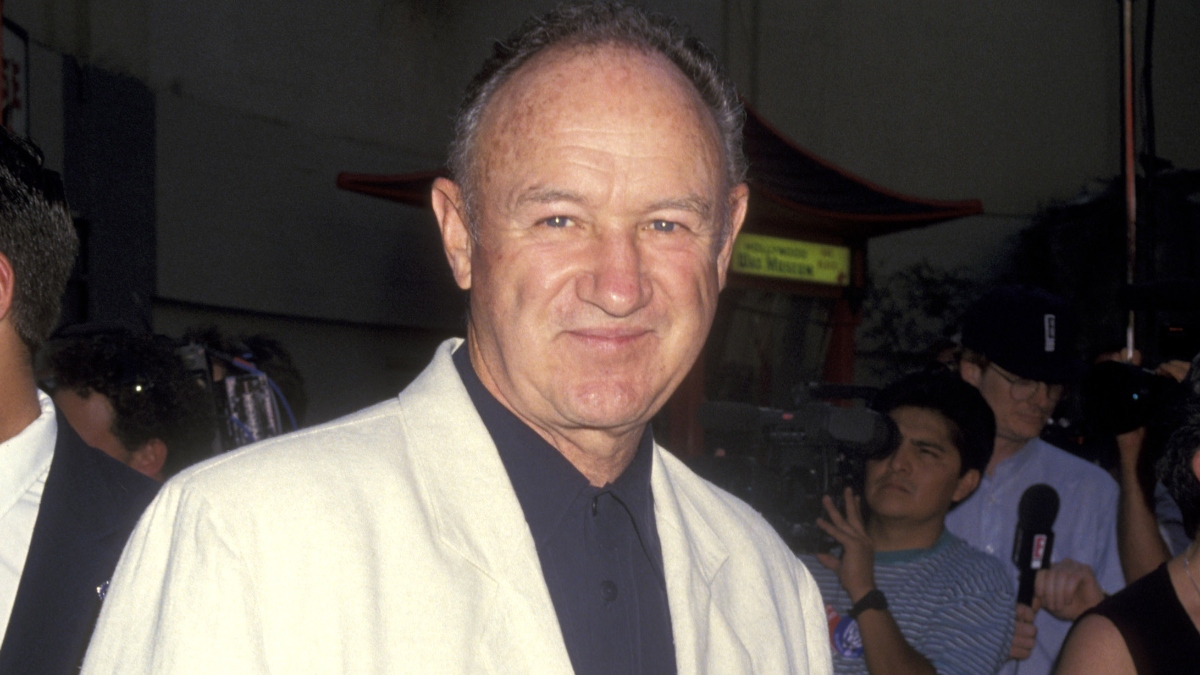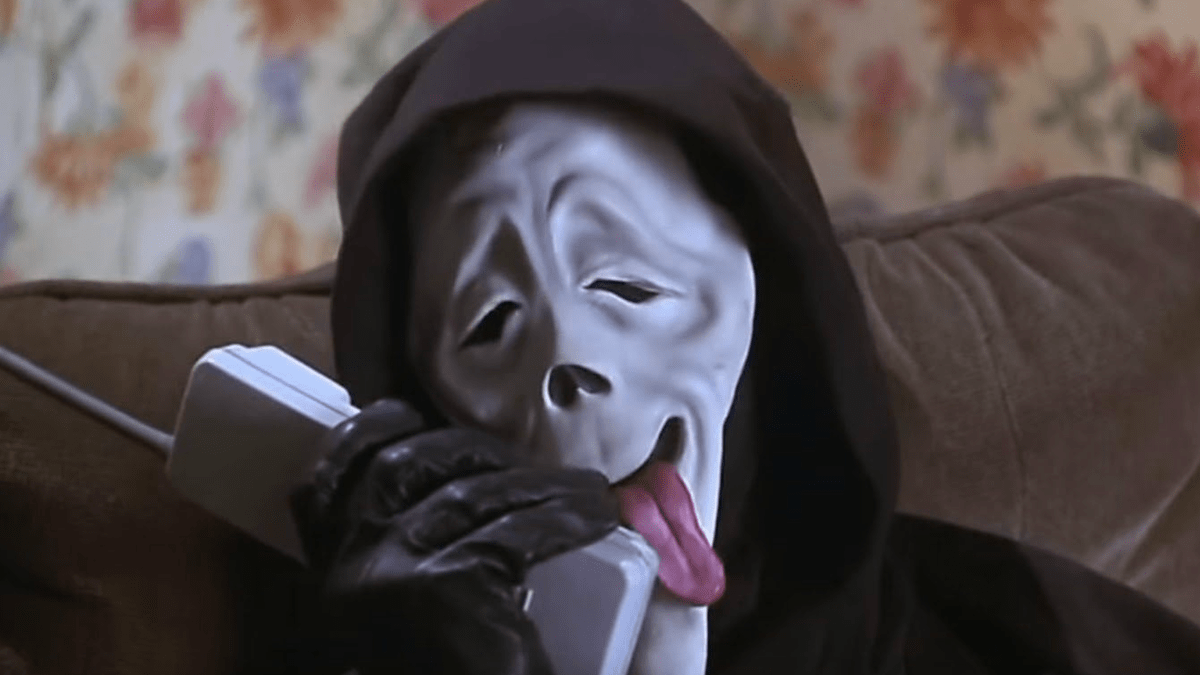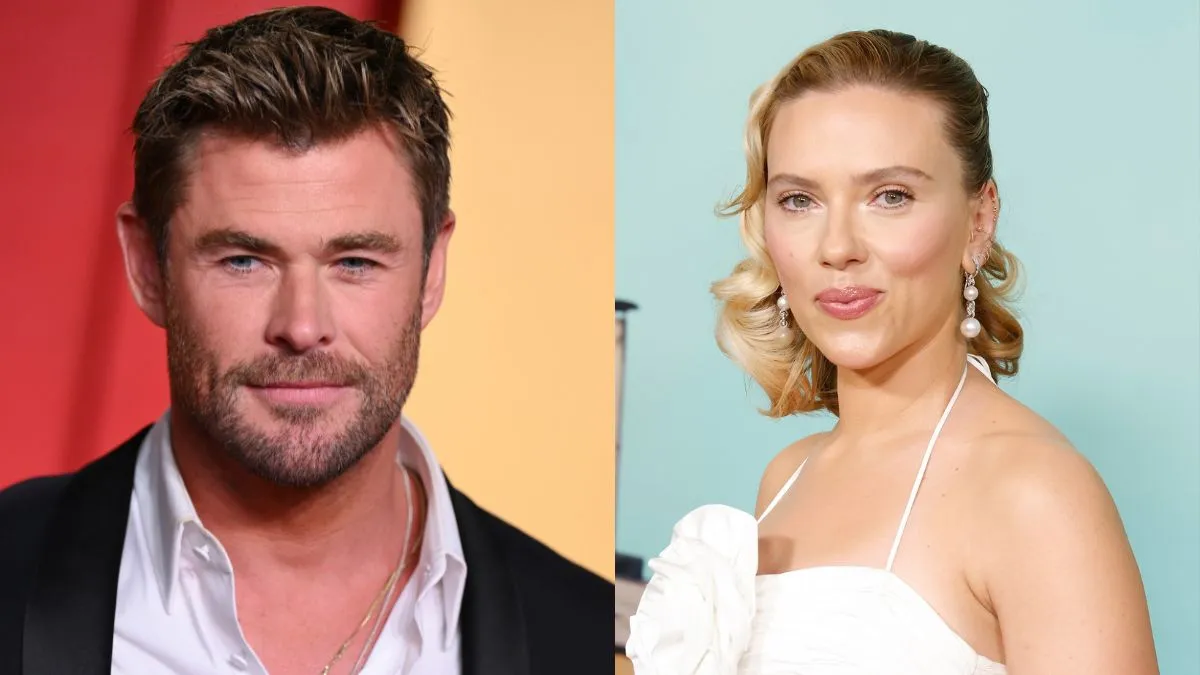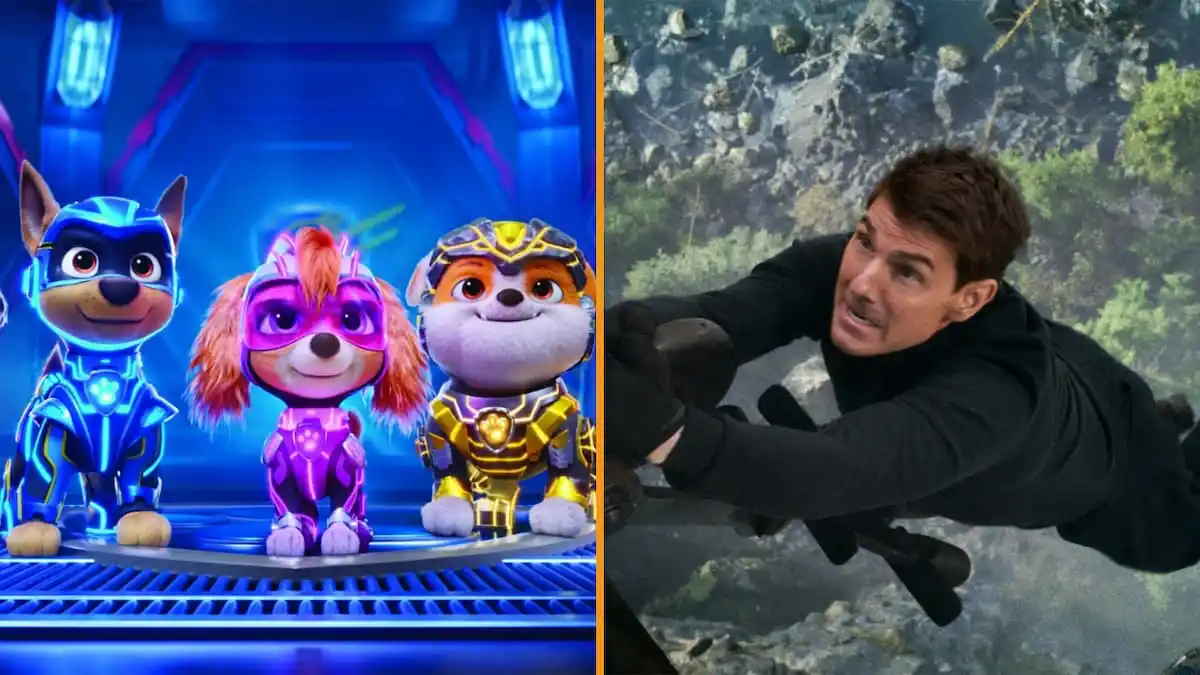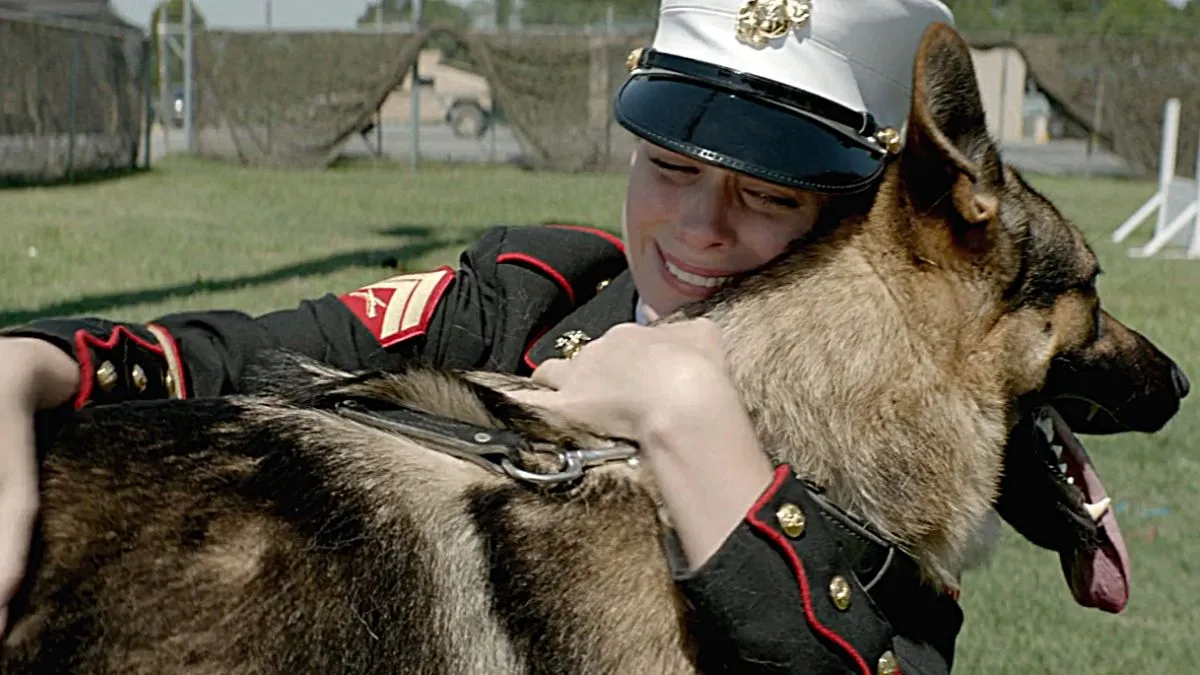
Danny Says is a rock doc that doesn’t focus on a single musician or band, but rather a man who was behind the scenes, influencing many of the greatest groups of the 20th century. That man is Danny Fields, who worked with The Doors, The Velvet Underground, The Ramones, and many others. The film tells of the lives of those he was close with and how his life shaped the music landscape of the time.
After the film’s premiere at South By Southwest, we had a chance to sit down with director Brendan Toller. We talked about working with Danny, his storytelling technique, acquiring rights to the footage, and much more. Check out the full interview below.
What was it about Danny’s story that made you want to tell it?
Toller: Well, I wasn’t the first. Andy Warhol wanted to tape his life story, as he says in his diaries. Unfortunately he passed away maybe six weeks later after saying that. Many have tried, many have wanted to, many have encouraged Danny to write a book or do something with this great story of this guy traversing all these elite alternative, underground scenes and sort of being at the center of it all. Like Alice says, the mayor of New York in that sense.
I became friends with him in probably January 2008 when I was working on my first film, I Need That Record! We did an interview but we didn’t even talk about record stores. He actually not in the movie. We talked about him and he told me that New York is just a big clump of seaweed that you need to untangle. So I got the idea of, why don’t we untangle this clump of seaweed? He’s littered across a lot of rock books. No One Here Gets Out Alive or Please Kill Me. Bunches of them. But nobody had really put it all together. He’s just a great storyteller and a brilliant guy. Anything to get to spend more time with him was great.
Did you use any of that original interview?
Toller: No. I couldn’t. And it’s a really funny interview. I’m asking him what he had against the Beatles. We mostly talked about the Beatles more popular than Jesus thing which at the time I didn’t know he did. That’s a documentary in itself.
As a documentarian is there any fear with something so focused on one person that it won’t necessarily be an unbiased view of the story you’re telling?
Toller: This is much more of a story about a guy inventing himself and inventing a culture. It’s not some sort of objective look. He’s not a polemic figure. It doesn’t ask you to take a side about whether this guy is good or bad or something like that. Just here’s who he is, hope you like him because you’re going to sit with him for about an hour and 45 minutes. I think aside from a lot of the trajectory and the anecdotes I have that midsection where he sort of talks about his fragility. Getting older, losing friends. Just living his life and thinking, “I never thought that these were the best times.” People are seeing this film now and reading press stories and just thinking, my god, this guy had the most fantastic life of the latter half of the 20th century. Hanging with Andy Warhol and Joey Ramone? Confidants to both. Who wouldn’t want to do that?
How much of the narrative did you have in mind before you started shooting?
Toller: I had known about his relationship with Edie Sedgwick. Danny’s gay but aren’t we all pansexual? He was really in love with her. Never in a sexual way, but he admired her and she was just beautiful. A beautiful flower, you know? I knew about that and some of the Doors stuff. Some of the Ramones stuff. But I didn’t know anything about his time at Harvard or getting into UPenn at age 15 or taking amphetamines since age ten. Memorizing textbooks. I didn’t know about what set him apart from so many was just his brilliance. He’ll be here in a couple days and he’ll have his map out. He’s always sort of orienting himself and sort of soaking it all in. I’m different, I need a little more space to digest things. He’s just flying through stuff.
The animations that you used. Why’d you decide to go that route?
Toller: Obviously we weren’t going to do reenactments because it’s not a Lifetime movie. A lot of interesting shorts and interesting approaches have come out in the last couple years in documentaries using animation and I just thought that some of his stories were so vivid and descriptive and they’re told with great humor, that we should try to illuminate some of them for him. The first set were Johnny Woods. That’s what you see in the Doors section. That’s all animated pretty much. With him kidnapping Jim Morrison and introducing him to Nico. The other ones were done by Emily Hubley. They’re a little more abstract. A little more ethereal. She did the animated sequences for Hedwig and the Angry Inch. I liked having that connection since Danny’s a close confidant with John Cameron Mitchell. We love Hedwig. The third were Matt Newman. He worked on my first film, I Need That Record!, he does some cutout animations throughout. Anything to break it up visually. Break up the talking heads. Or if you don’t have enough archival you can do something interesting visually to keep it captivating. I think that’s really interesting in documentaries, how people are pushing the visual boundaries. Sometimes it’s too much. I wouldn’t want a whole film of narration and all animations. I think it works in the bits and pieces that we have it here in Danny Says.
With the archival footage, what’s the process like for tracking that down and finding what you can use?
Toller: Thank god for Google and librarians. And other documentaries who’ve done your footwork. You’re just looking at the credits and trying to find what is where. I probably saw every minute of The Doors that was shot on film. Same with The Velvet Underground. Definitely with The Stooges and The MC5. Or even recovering that Nico pumpkin patch shoot with Iggy Pop in the beginning there. The guy is getting his original reels out of Oklahoma. We’re doing this 4k transfer. It’s overwhelming. Your eyeballs want to fall out. Because you don’t want to miss a step. You have to know everything that’s there.
I feel like a lot of documentaries that fall short, they’ll find stuff that’s cool but don’t fit the narrative. How do you go about deciding what not to use, even when it’s really awesome?
Toller: There was a lot of awesome stuff cut from the film. He has great remembrances of Janice Joplin. He was at Monterey, Woodstock and Altamont. And he has really funny opinions on all of those. He thought Jimi Hendrix sucked at Monterey and that the lighter fluid thing where he lights his guitar on fire was lame after the Who who destroyed all their equipment. We had to create a through line of a guy inventing himself and inventing a culture. So any point where Danny was viewed as a passive player, we had to cut it. We had to make him active. Be presented as the meddling kind of Puck-ish character that he was.
Are you working on anything else?
Toller: I have a couple of ideas that will hopefully go into development. Nothing concrete yet. I have to weigh my options. To do this I had to work three part-time jobs the whole way. We’re looking to not do that so much. I’d like to somehow focus on filmmaking as a full-time gig. But as you know, funding’s pretty hard. The thing about documentary is the modes of production have been democratized but the rights to archival and access isn’t always. I lucked out with Danny. I had the keys to his apartment. I slept on his couch. That doesn’t mean that the music and archival rights are going to be free or anything like that. It’s hurting a lot of documentary filmmakers. There’s a great graveyard of rock docs that have never come out. Look at The Wrecking Crew. It’s just come out after 13 years.
That concludes our interview, but we’d like to thank Brendan for taking the time to talk.


